May 20, 2025 | 10:39 GMT +7
May 20, 2025 | 10:39 GMT +7
Hotline: 0913.378.918
May 20, 2025 | 10:39 GMT +7
Hotline: 0913.378.918
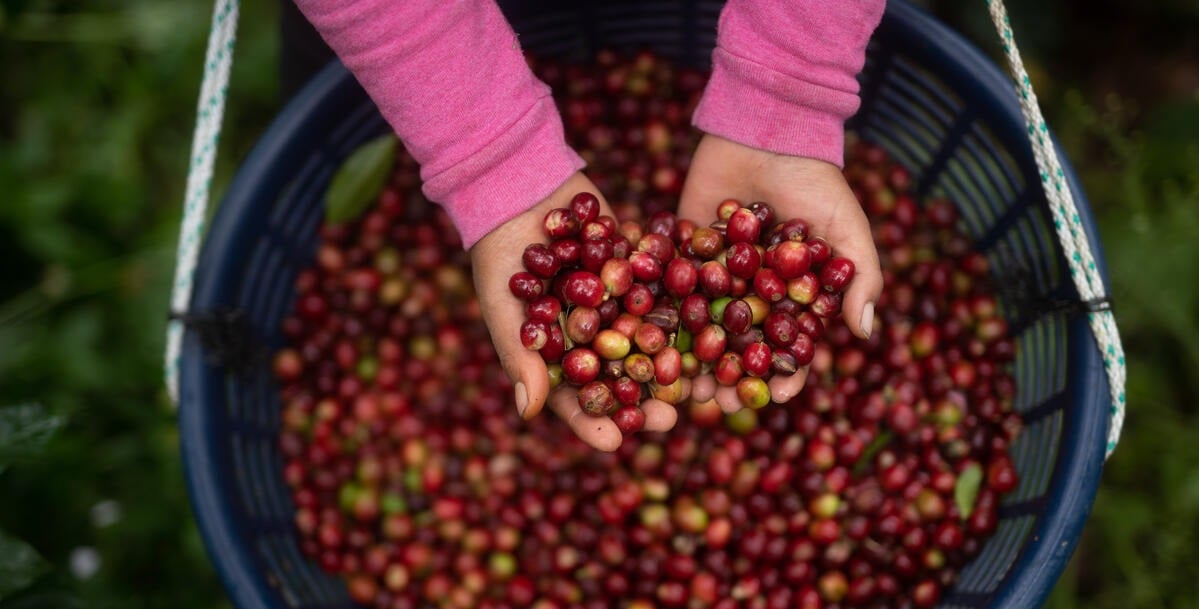
Smallholder farmers account for 80 percent of global coffee production.
World coffee prices reached a multi-year high in 2024 - increasing 38.8 percent on the previous year’s average – mostly driven by inclement weather affecting key producing countries, the Food and Agriculture Organization of the United Nations (FAO) said today.
According to an FAO note on global coffee market trends, in December 2024, Arabica, the higher quality coffee favoured in the roast and ground coffee market, was selling at 58 percent up on a year ago, while Robusta, used mainly for instant coffee and blending, saw a price surge of 70 percent in real terms.
This marked a narrowing of the price differential between the two varieties for the first time since the mid-1990s.
Rises in 2025 possible
FAO said that coffee export prices may rise further in 2025 if major growing regions experience further significant supply reductions.
Key factors behind the recent price increase include limited export quantities from Viet Nam, reduced output in Indonesia, and adverse weather impacting coffee production in Brazil.
In Viet Nam, prolonged dry weather caused a 20 percent drop in coffee production in the 2023/24, with exports falling by 10 percent for the second consecutive year. Similarly, in Indonesia, coffee production in 2023/24 declined by 16.5 percent year-on-year on the back of excessive rains in April-May 2023 that damaged coffee cherries. Exports dropped by 23 percent.
In Brazil, dry and hot weather conditions prompted successive downward revisions to the 2023/24 production forecast, with official estimates shifting from an anticipated 5.5 percent year-on-year increase to a 1.6 percent decline.
Shipping costs a factor
Higher shipping costs were also found to be one of the factors contributing to the increase in world coffee prices.
Early data indicates that in December 2024, the increase in world prices translated into consumers paying 6.6 percent more for their coffee in the United States and 3.75 percent more in the European Union, compared to the same period in 2023.
“The high prices should provide incentives to invest more in technology and research and development in the coffee sector - which relies largely on smallholder farmers - to increase climate resilience,” said Boubaker Ben-Belhassen, Director of FAO’s Markets and Trade Division, adding that climate change is impacting coffee production in the longer term. FAO supports many of the coffee-producing countries to help farmers adopt climate-resilient techniques that also contribute to restoring biodiversity loss.
FAO highlights the importance of market transparency and encourages cooperation among all actors of the value chain to support sustainable growth in the global coffee sector and protect the livelihoods of millions of smallholder producers worldwide.
Key Figures
(FAO)
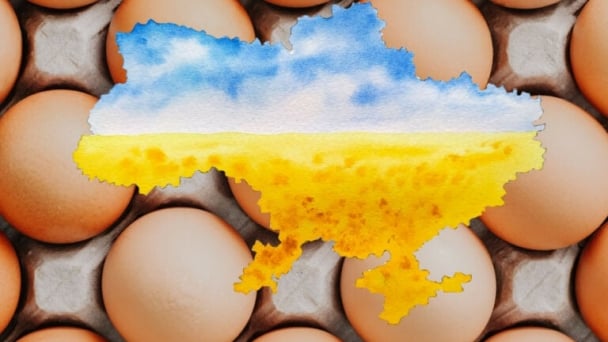
(VAN) Oliyar, a prominent Ukrainian oil and fat manufacturer, has revealed plans to build a farm for 2.3 million laying hens in the Lviv region. The additional production quantities promise to change the competitive landscape of the egg market of the Eastern Europe region.
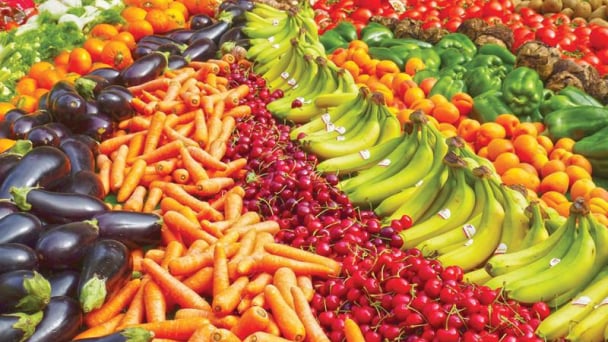
(VAN) On May 15, Ministry of Agriculture and Environment of Vietnam hosted the 'Connecting Vietnam - Germany agricultural, forestry and fishery trade' seminar in Berlin, Germany.
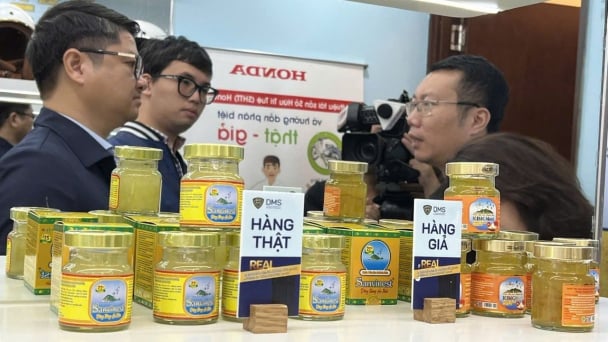
(VAN) In the face of counterfeit and imitation products, Khanh Hoa Salanganes Nest Company hopes for the prompt completion of the legal framework, strict enforcement against violations, and protection of the bird’s nest brand.
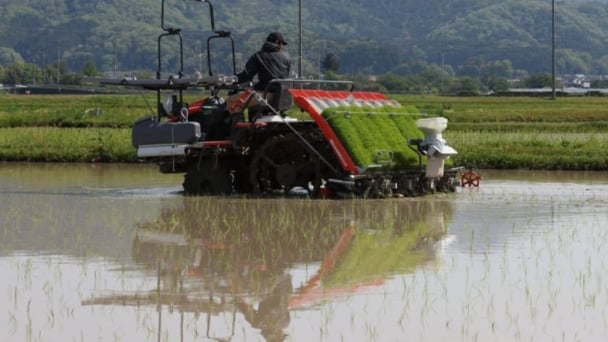
(VAN) Japan's efforts to lower the price of rice through the release of its stockpile may finally be making some progress, albeit at a snail's pace.
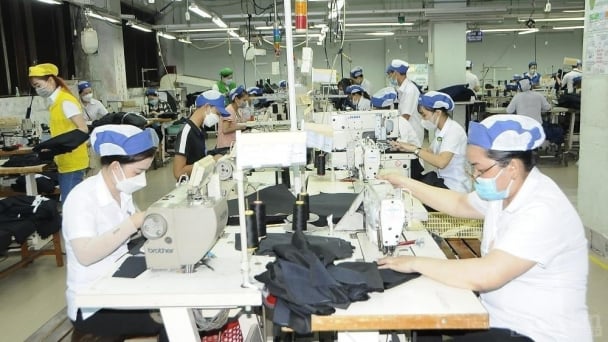
(VAN) U.S. tariffs are not only a 'shock', but also an opportunity for Vietnamese businesses to renew their mindset toward comprehensive development.

(VAN) As Bac Giang lychee enters the harvest season, Minister Do Duc Duy expects that the fruit will contribute greatly to agricultural exports due to standardized production and deep processing.
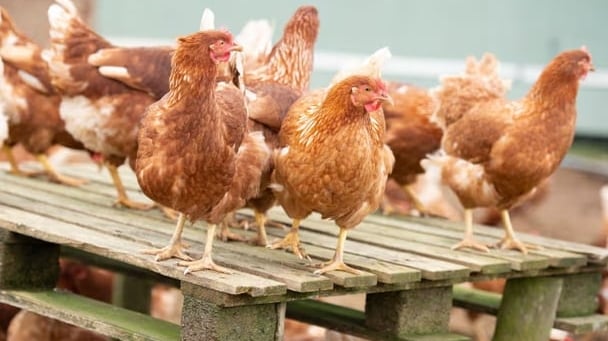
(VAN) Consumers have shown a preference for free-range eggs, but those farming systems are more vulnerable to biosecurity risks like bird flu.